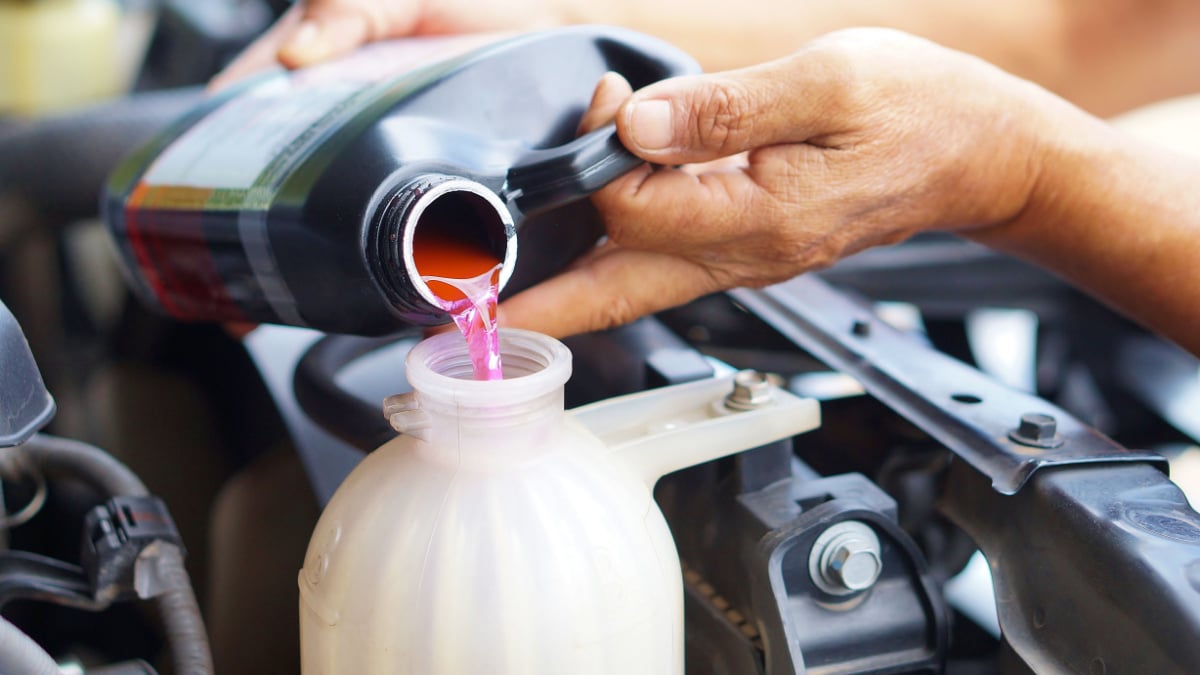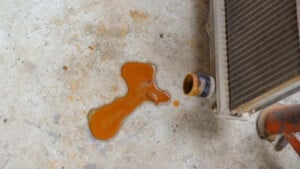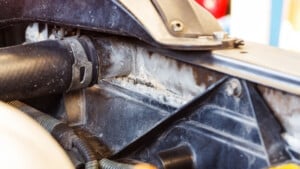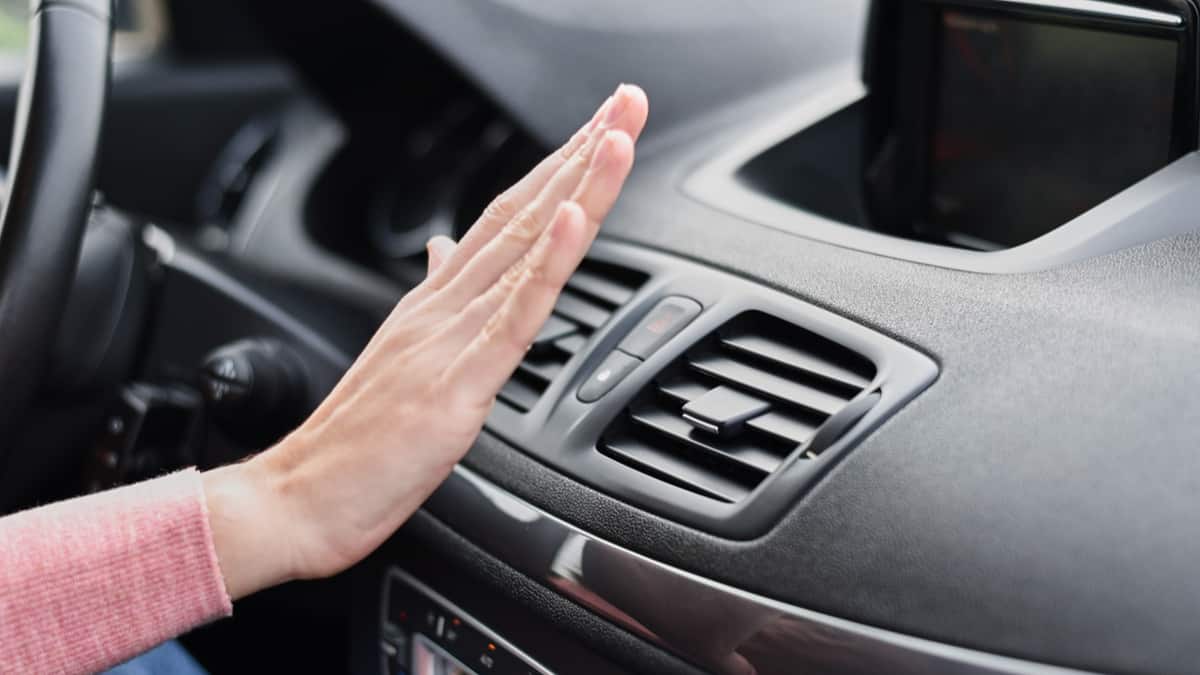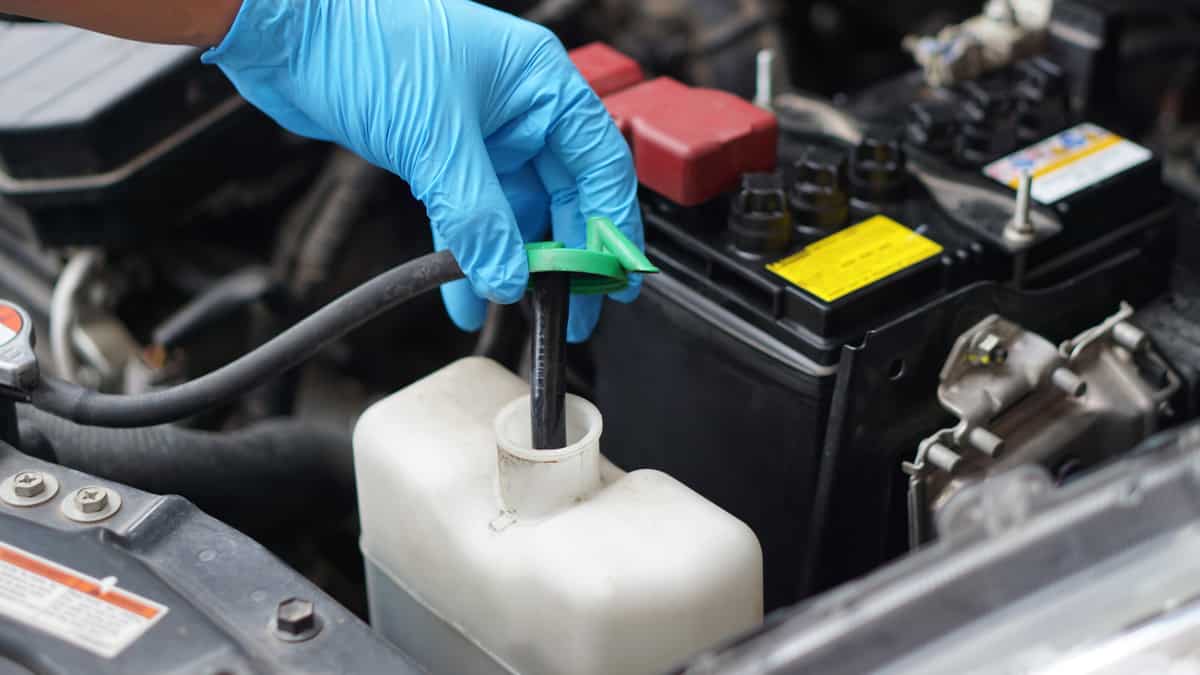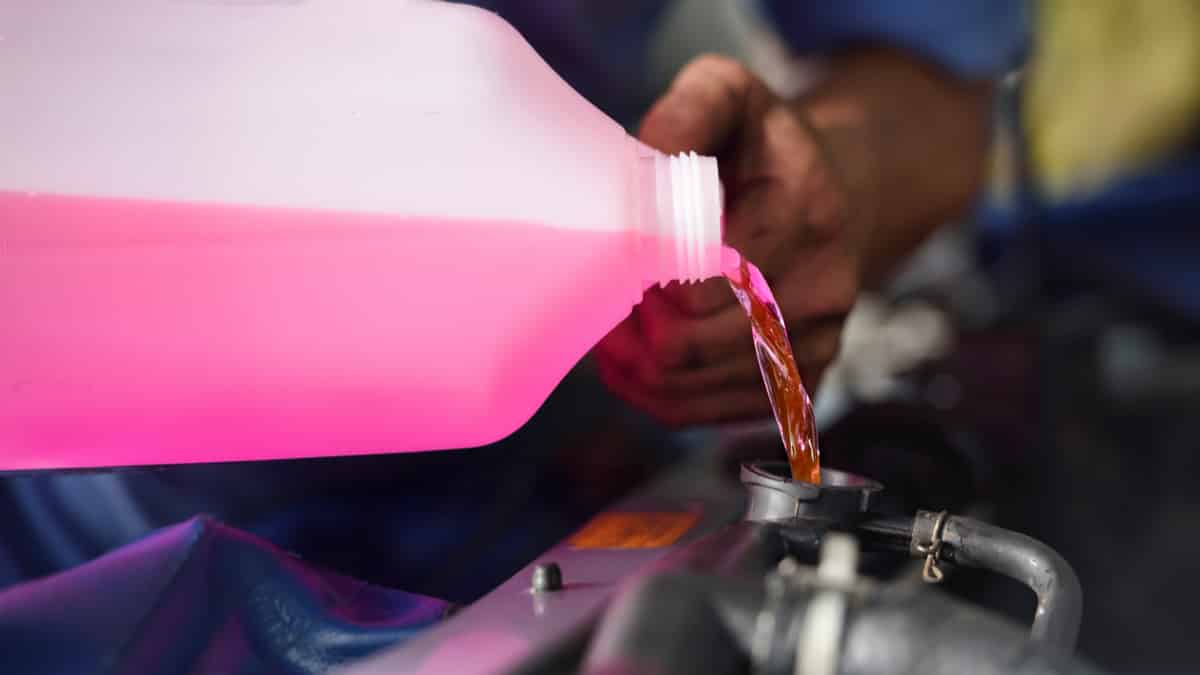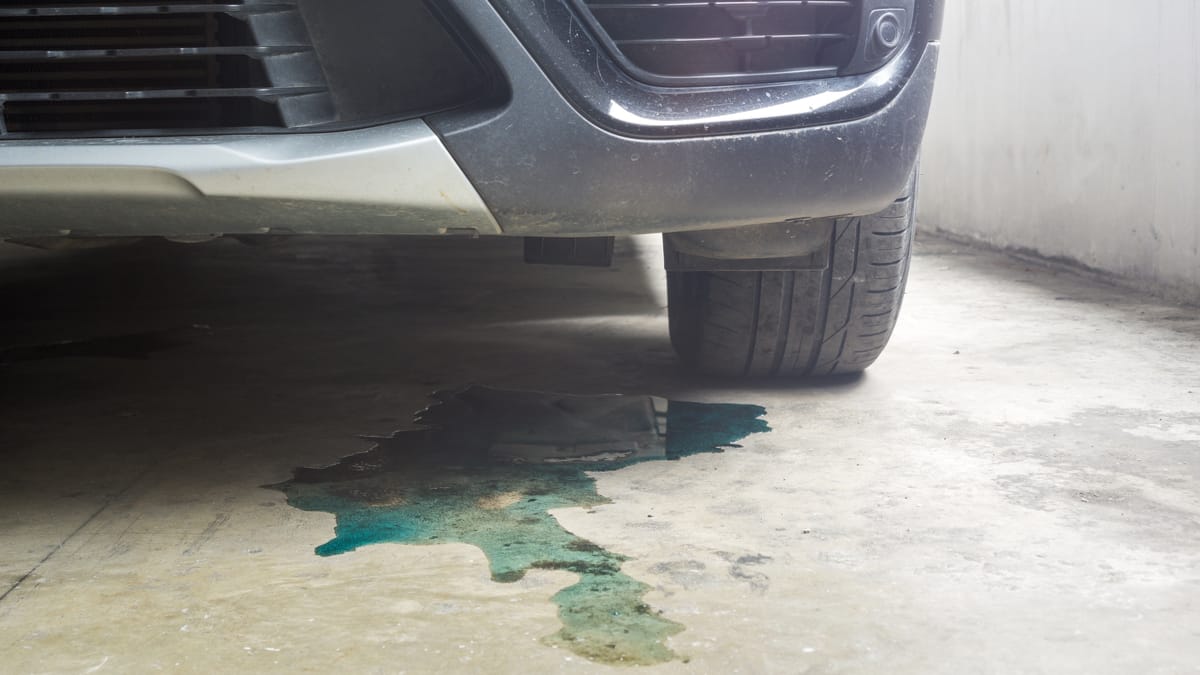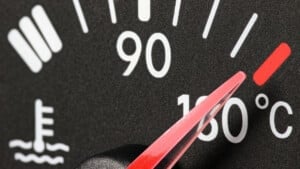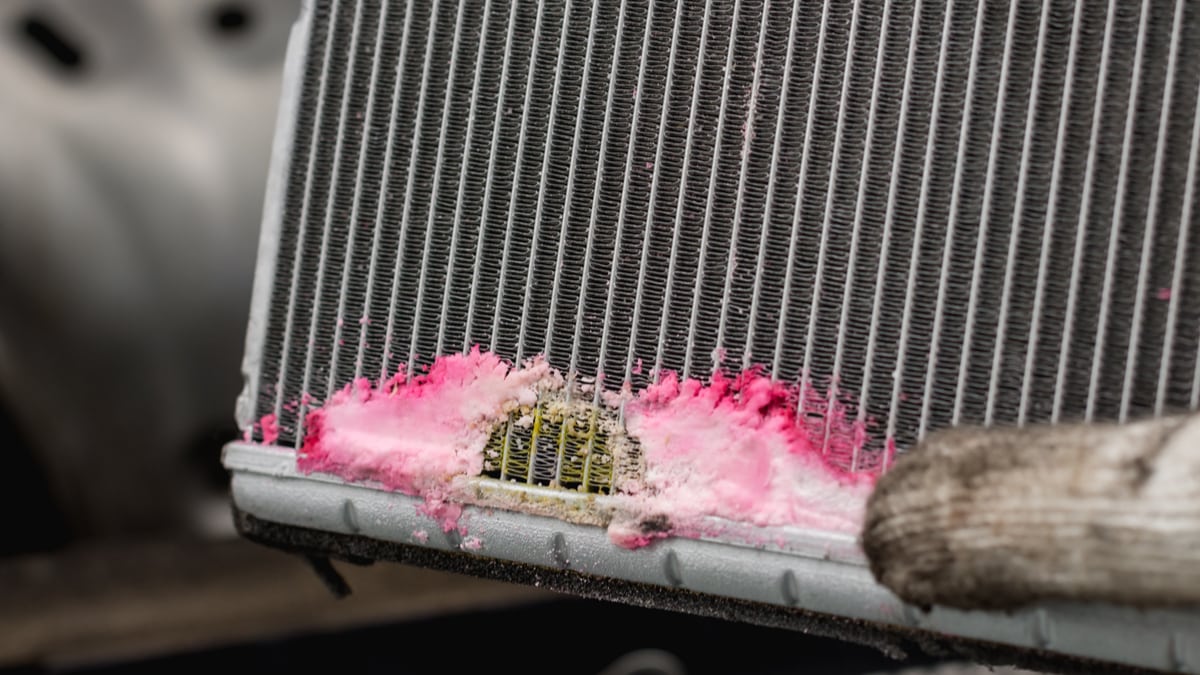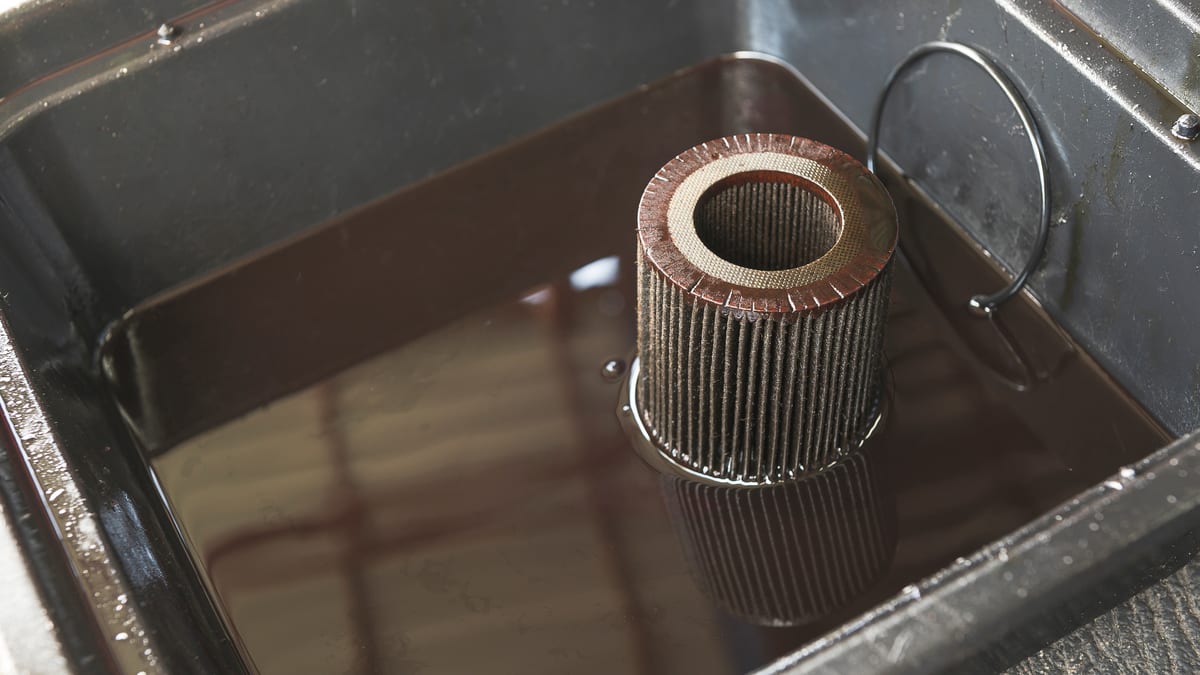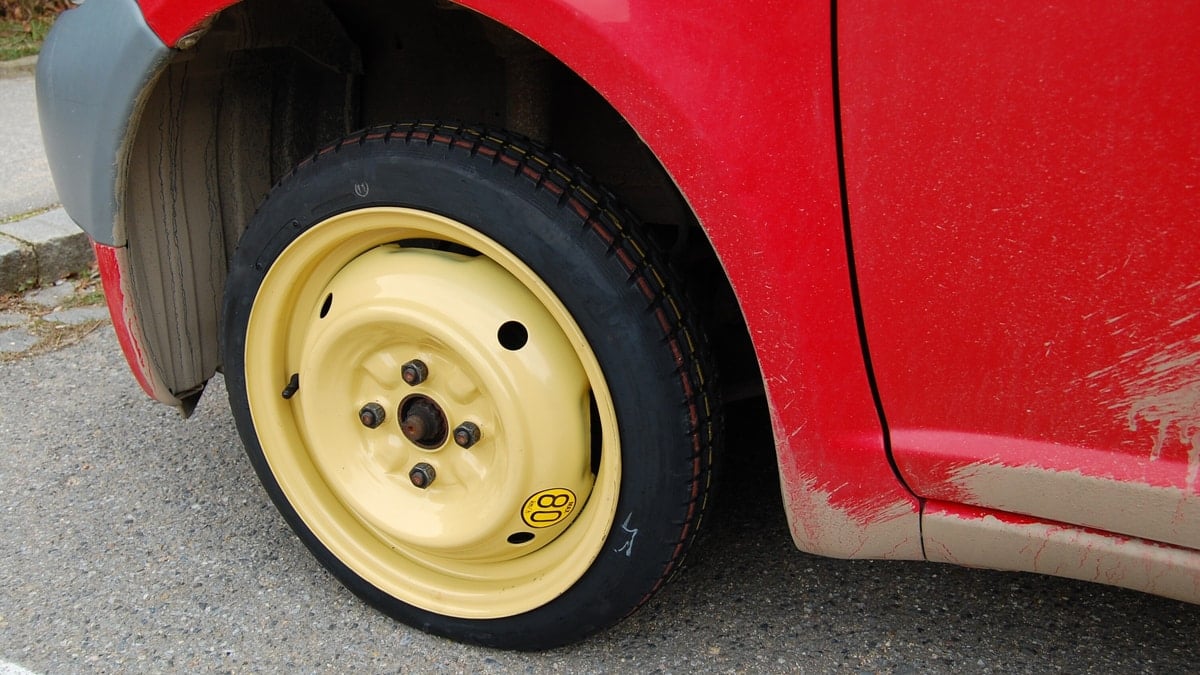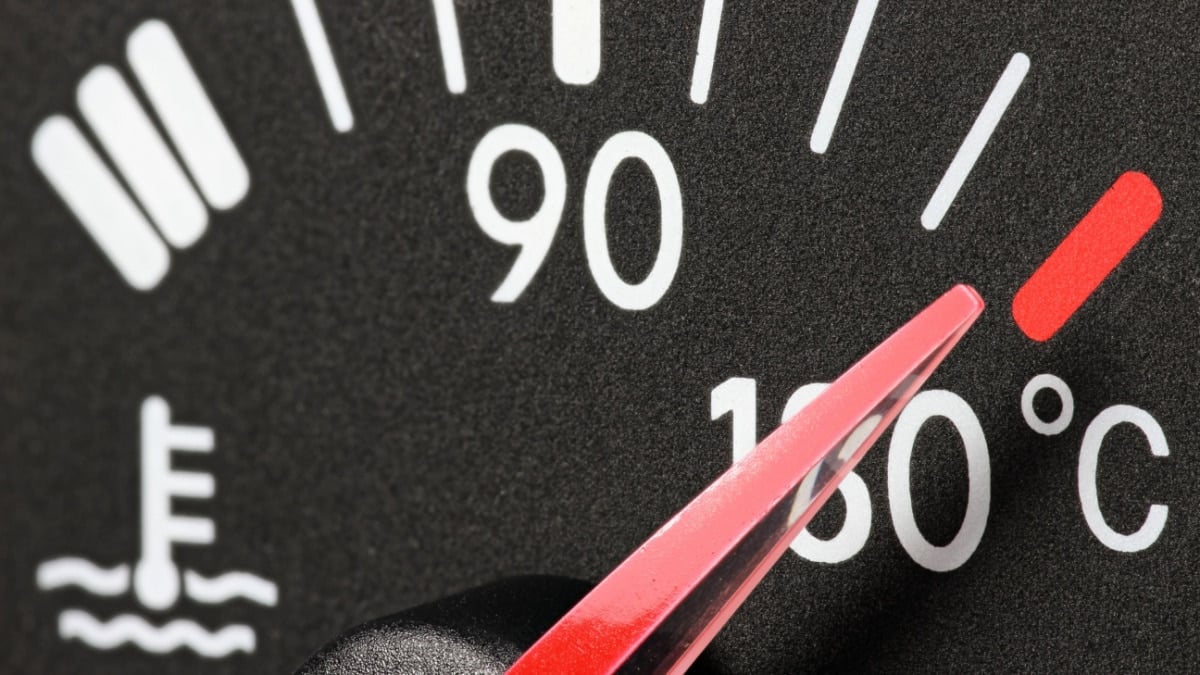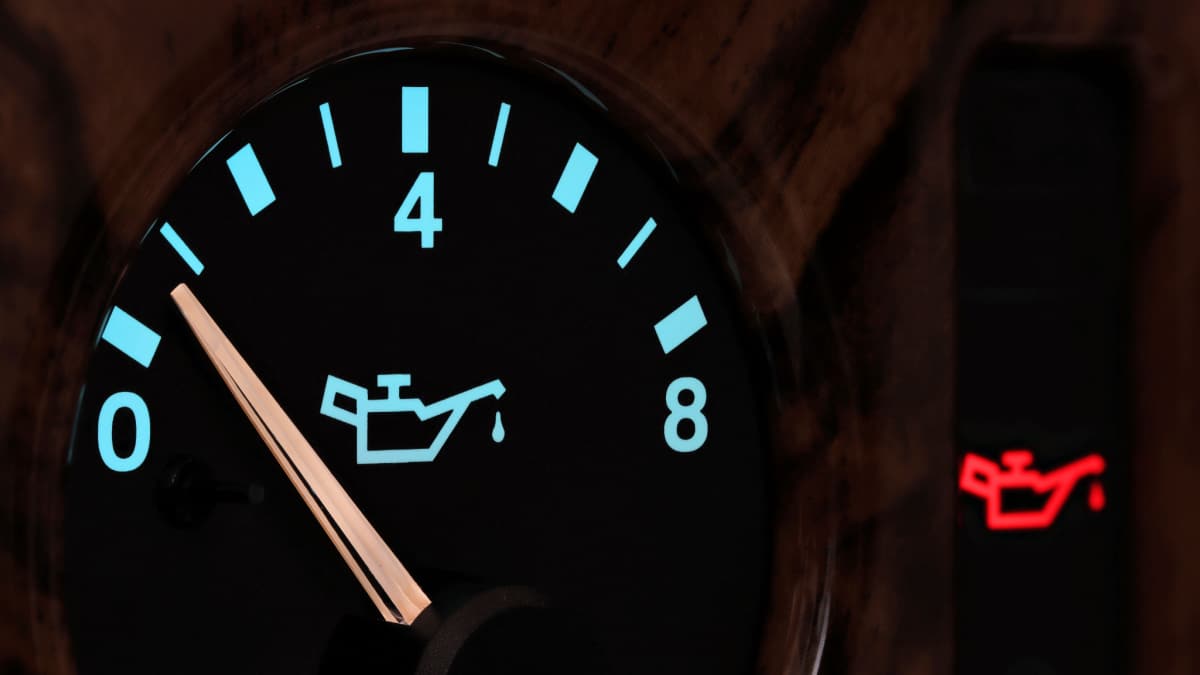Keeping your vehicle with the right amount of fluids is essential to ensure it runs properly. Of these fluids, you want to consider checking the coolant often and topping it off when needed. However, you may notice that the coolant level goes down over time, which can be concerning. How much coolant loss is normal, and does antifreeze evaporate?
If you are asking why your coolant is low, I’ve got the answers. I look at how much coolant loss is normal, and I examine reasons why you might be dealing with a loss. There’s also a section that discusses whether coolant can evaporate or not. Finally, I show you how to fix the main problems and answer some of your top questions.
How Much Coolant Loss Is Normal?
If there’s nothing mechanically wrong with the cooling system, you could still notice a slight dip in coolant levels over time. In fact, it’s normal to notice up to 0.25% less coolant after six months. That equates to about two or three ounces each year.
If you notice more than this when you check the levels, you are probably dealing with a leak somewhere. Instead of simply topping off the system, you should have it inspected to head off any potential damage.
Does Coolant Evaporate?
Coolant doesn’t evaporate, because it sits inside a closed system. Within the closed loop construction of the cooling system, coolant is unable to evaporate.
If you notice that the coolant levels have decreased slightly over time, it’s probably not the coolant that’s evaporating, but the water that’s included in the mixture. Most antifreeze mixtures are 50% coolant and 50% water. Of these, the water in the mixture is going to evaporate first, even if it’s just very small amounts, and it’s more likely that your car have a leak if you see a declining level.
Causes Of Coolant Loss
There are numerous issues that can lead to leaking coolant, all of which are going to be mechanical failures on some level. However, the degree to how bad the fault is can range from a minor issue to something catastrophic.
Here are the top four reasons coolant may leak from your car.
1. External Coolant Leak

There are many parts of the cooling system that can fail and lead to a leak. For example, if the radiator cap gets damaged or the seal wears out, a leak can occur from this point. Radiator hoses are another component that can fail and leak.
Beyond this, you may have a problem with the radiator that is causing a leak. Using too much water with the coolant can lead to an increase in corrosion and rust. These cooling system parts are also known for simply wearing out over time.
RELATED: 5 Causes of a Coolant Leak – How to Fix it & Repair Cost
2. Blown Head Gasket
If coolant levels are dropping, the last thing you want to hear about is a blown head gasket. This would be the worst-case scenario.
When the head gasket becomes damaged, coolant and oil can mix. What results from this defect is a cracked engine block or cylinder head failure that also causes white smoke to come from the exhaust. Because of the complexity of this repair, it’s not always worth fixing in an older car.
3. Leaking Heater Core
One part that often goes overlooked is the heater core. Coolant is supposed to provide corrosion resistance to the heater core, but these can often become depleted, leaving the system vulnerable.
If coolant begins leaking from the heater core, the levels are going to drop, and the engine could overheat. Additionally, you might notice a sweet smell inside the cabin and it becomes difficult to heat the car.
4. Internal EGR Cooler Leak
The EGR cooler is an integral part of the exhaust and emissions systems, but it’s also prone to failure. If there’s an internal leak with the EGR cooler, you are going to notice coolant coming from the exhaust. It will also create white smoke.
In most cases, this problem would also cause the Check Engine Light to come on. Plus, your coolant level will continue dropping until you resolve the issue.
How To Fix Coolant Loss
Whatever is causing the coolant to leak, it’s possible to fix it. In some cases, you may be able to diagnose and fix the problem yourself, while other times, you might need more support. Follow these guidelines to get back on the road without leaks.
1. Find And Repair Coolant Leaks
Before you can take steps to stop the leak, you must first find it. The easiest way to spot a coolant leak is if there’s external dripping. You can take a large piece of cardboard and place it under the vehicle at night. By the morning, there should be an indication of coolant on the cardboard, helping you determine where it might be coming from.
Perform a visual inspection underneath the vehicle to see what’s leaking. You want to look closely at all of the hoses and clamps, as these are places wear occurs first. You should also inspect the radiator and other cooling system components to determine what needs to be fixed.
2. Test Head Gasket
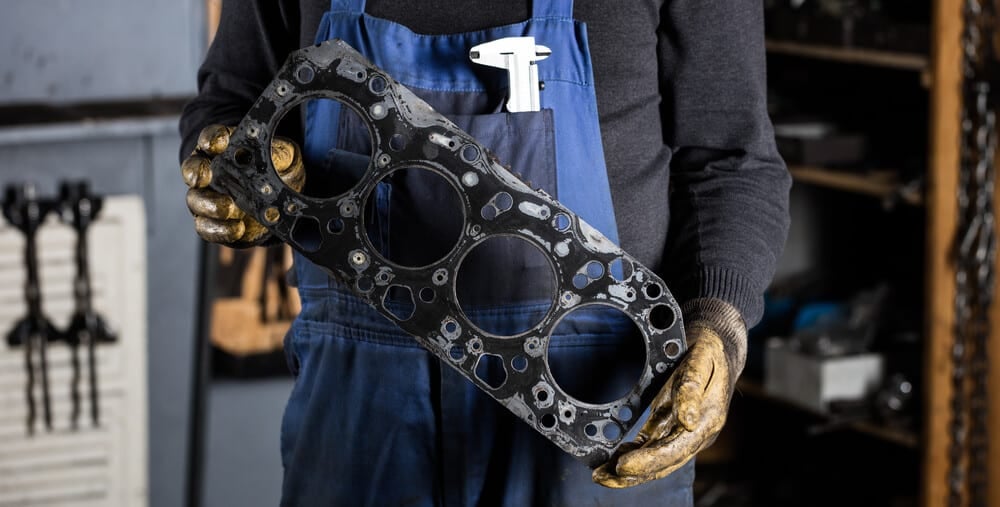
It’s not simple to test for a blown head gasket. For this reason, many people choose to look at the symptoms to see if a head gasket failure is probable first. For example, when the head gasket is to blame, you will see either coolant in the oil or vice versa. There should also be white smoke coming from the exhaust.
If the signs lead to a blown head gasket, you can take the diagnostics to another level. However, it’s not wise to take these steps unless you know what you are doing because it is dangerous. Here are some general steps to follow, with extreme caution.
- Warm up the car engine.
- Turn off the car and remove the radiator cap carefully.
- Put a funnel in the place of the radiator cap.
- Start the engine again.
- Watch the coolant circulate. If there are a lot of bubbles, the gasket might have failed.
Because hot coolant can spray from the radiator during this procedure, you may not feel comfortable doing it yourself. If so, please move on to step number four.
3. Use A Cooling System Sealer
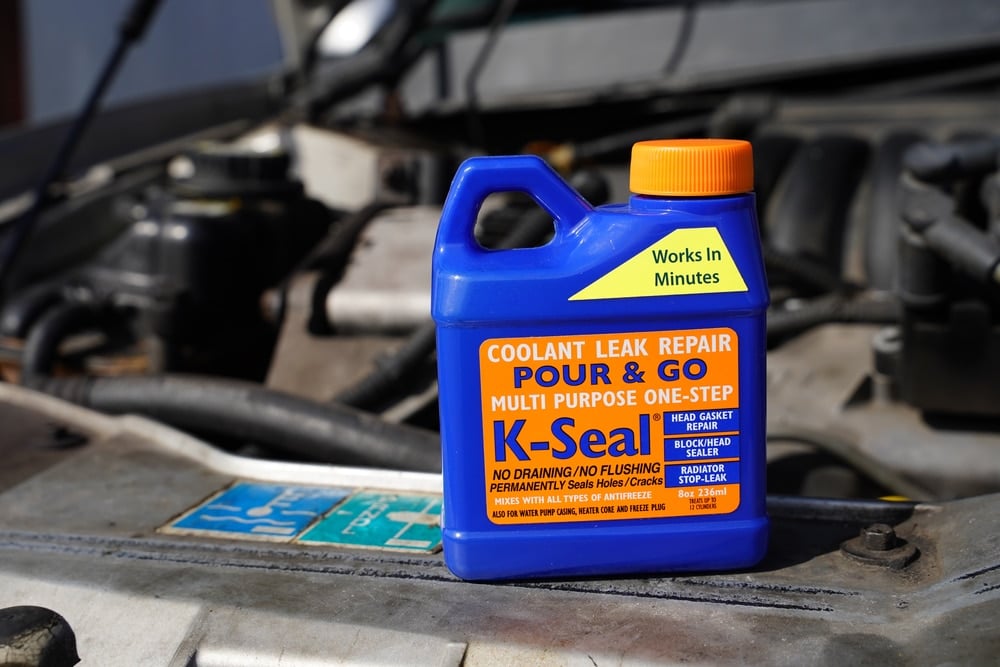
If you have a leaky radiator, hose or gasket, you may be able to temporarily use a cooling system sealer or radiator sealer to buy some extra time. These products add a chemical to the walls of the system to cover up any tiny holes that exist. It’s not difficult to use these products and they don’t cost a lot.
Here are a few basic steps to keep in mind.
- Buy a high-quality radiator sealant. You don’t want to purchase a no-name brand. Instead, spend a little extra for a product that will work.
- Dump the contents into the radiator. Make sure you follow the directions on the label showing you how much to use. Typically, an entire bottle will be required.
- Add coolant if the levels are low. Aside from this, there’s no reason to drain or add any coolant if the levels are already within normal range.
- Start the engine. Warm it up and let the sealant circulate. It’s best to keep the engine running for ten minutes.
- Don’t drive overnight. Once you have performed the steps outlined, let the car sit overnight. Ideally, you won’t drive the car again for about 12 hours, so the sealant can set.
Sealants are not a replacement for repair. Using a high-quality sealant might buy you a little bit of time, but you should still have the cooling system inspected and repaired.
4. Contact A Professional
If at any point during these steps you feel overwhelmed, you would do better reaching out to an auto repair shop. Cooling system issues aren’t always easy to diagnose or repair, so don’t take chances if you don’t feel qualified. For example, repairing a blown head gasket is a difficult job that few people have the tools to handle on their own. For this reason, you will want to get more guidance.
The price you pay for repair from an auto shop depends on several factors. The price is variable based on what type of car you drive, the location of the shop and what needs to be fixed. In most cases, it shouldn’t take more than an hour or two for the mechanic to determine what the problem is unless it’s complicated.
How Often Do You Need To Top Off Coolant?
Coolant levels should be checked often and topped off whenever they are low. If the coolant is persistently low, you should have the system checked. Otherwise, most automakers recommend changing the coolant every 60,000 miles or four years, whichever comes first. Check the maintenance schedule for more guidance.
Can You Lose Coolant Without A Leak?
If the coolant level drops on its own, it should be so minimal it would be difficult to see. Coolant isn’t prone to evaporation because it operates within a closed system. More likely, you are dealing with a cooling system leak if the coolant levels continue to drop. Have the system inspected and repaired.
Why Am I Losing Coolant But No Leaks?
If the coolant levels are dropping, but you can’t find a leak, it’s probable that an internal leak is occurring. With a blown head gasket, the coolant could be leaking into the combustion chamber, mixing with the car’s oil. This is a serious condition that should be dealt with immediately.
Should I Worry About A Small Coolant Leak?
If the leak is minimal, you might think it’s okay to keep driving for now. First, leaking antifreeze is dangerous to children, pets and the environment. Aside from that, a small leak can quickly turn into something major. If a hose blows while you are driving, you could lose all of the coolant and the engine could overheat, all without any warning.
Is It Ok To Top Up Coolant With Water?
When the coolant level is slightly low, you might be tempted to simply add some water, but you shouldn’t. The antifreeze must contain the right mixture of coolant and water to protect the system adequately. Diluting the system with water only lowers the boiling point and makes it less efficient. The only time water should be used is in an absolute emergency. Even so, you want to replace it with the appropriate mixture as soon as you can.
Taking care of the cooling system should always be a top priority if you want your car to provide many miles of service. When coolant levels are low, you want to know what’s going on and figure out how to fix it fast. Knowing how much coolant loss is normal helps you determine whether or not you have a problem on your hands. In most cases, any drop in coolant indicates an issue.
As with all major automotive systems, I highly recommend prevention, which can head off issues. By following recommended maintenance on the cooling system, you avoid failures and leakage. Still, there are times when a failure occurs, even with diligent maintenance. To ensure no other damage occurs, have the leaking system repaired immediately. Otherwise, you could deal with a blown head gasket or overheating engine due to neglect.
Learn more:
- Coolant Leak When Car Is Not Running – Causes & How to Fix it
- How Much Coolant Should Be in the Overflow Tank?
- Can You Use Water Instead of Coolant? (Why You Shouldn’t)
Categories: Coolant
